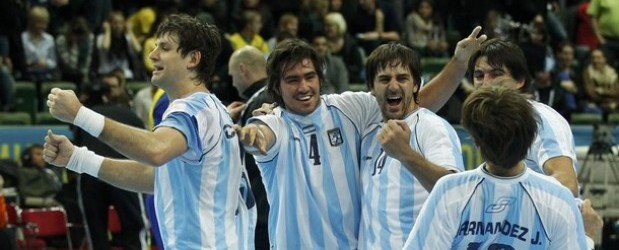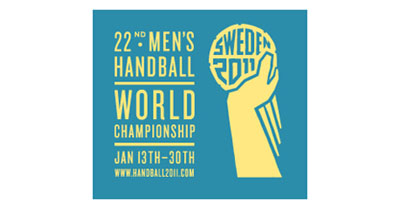Long time readers know that I like analogies. Recent budget machinations and hand-wringing by USA Team Handball sure calls for one. Here goes.
Let’s say you’re a college student and your parents are helping you out financially. As you’re an adult they’ve also decided to let you manage the money they’re providing for your education. There are a lot of expenses related to going to college: tuition, books, lodging, food to name a few. But, hey you’re only in college once. You’ve also got to factor in beer, pizza, and a spring break trip. Midway through your first semester you’re running out of money so you decide to deliver pizzas to help make ends meet.
But, now it’s second semester and you’re still coming up short week after week. Worse, your buddies are now planning a spring break trip to Mazatlan. What are your options?
1) Well, you could always cut back on the nonessentials. This, of course, means macaroni and cheese several times a week as beer money is way too important to even think about cutting or…
2) You could work more hours at the pizzeria, but this will cut into study and party time or…
3) Take out a student loan or…
4) You could ask mom and dad for more money.
Number 4) as you might expect is the preferred option because it involves no sacrifice or tough decisions. But, how should you go about asking for that money? Should you explain the overall budget situation highlighting that beer, pizza and a spring break trip to Mazatlan are going wanting in your college experience or should you emphasize that you need money for books, lab fees and that your grades are slipping because of your second job at the pizzeria? Your parents might be able to see through your argument, but you’re clearly best off with focusing on the reasons you’re at college.
No analogy is perfect, but it’s probably clear to you by now that USA Team Handball is the college student in this analogy and the USOC are the parents. Moreover, recent press articles have either given the impression that USA Team Handball was fully behind Team USA participation in the recent North American qualifiers or that fully funding the upcoming 2nd chance tournament hinges on USOC support.
Let me generous by stating that this has been inaccurate reporting.
USATH had around $800,000 in funding from the USOC, sponsors and the generosity of board members. It chose not to spend that money on Olympic Qualification. Without the insistence of the players, the USA in all likelihood would not have even participated in the recent North American qualifiers. We can debate the merits of that decision, but there is no debate whatsoever that this choice was made.
Money is even tighter right now as the Federation recently let two regional directors go. Nonetheless, there is nothing preventing a decision to redirect resources toward the 2nd chance tournament. Undoubtedly, it would mean cutting something else important and I guarantee you that it would be nicer to just have more money from the USOC to make it easier. And you certainly won’t get any argument from me that the USOC should help our struggling sport more. It’s ridiculous that we get less funding than virtually any other sport including some where millionaires (basketball) are the participants. But, that’s a different argument altogether. We’re dealt the hand were given and sometimes we’ve got to deal with it accordingly.
But, now that I’ve gotten this off my chest here’s what I think should be done moving forward. The USA Team Handball Board should do the following:
1) Come to grips with the fact that being a National Governing Body for an Olympic sport comes with some minimum expectations. Namely, as a sports federation you send a team for anything involving Olympic or World Championship qualification. And when a team is sent you fund the trip. That means buying plane tickets for athletes and providing lodging at a minimum. It would be nice to have a full time coach and a preparatory trip to Europe, but we’re just talking minimum expectations here.
2) Fence off the funds needed for Qualification tournament participation. It’s pretty simple. As part of the yearly budget process figure out what each trip involving qualification will cost. Put that money in the lock box. Then proceed with the planning for the rest of the budget.
3) Post top level information concerning the budget and planned National team trips (Senior, Junior, Youth) etc. on the website for all to see.
Colorado Springs Gazette Telegraph (30 Dec 10): USA Team Handball fighting USOC for more funding: http://www.gazette.com/articles/team-110377-usoc-fighting.html
Team USA.Org (24 Dec 10): U.S. team handball: a ray of hope: http://usateamhandball.org/news/2010/12/24/u-s-team-handball-a-ray-of-hope/40245
THN: USA – Canada Clash: U.S. players presented with an opportunity to make their case: https://teamhandballnews.com/news.php?item.1157
THN: USATH Restructure raises major budget and planning questions: https://teamhandballnews.com/news.php?item.1135







